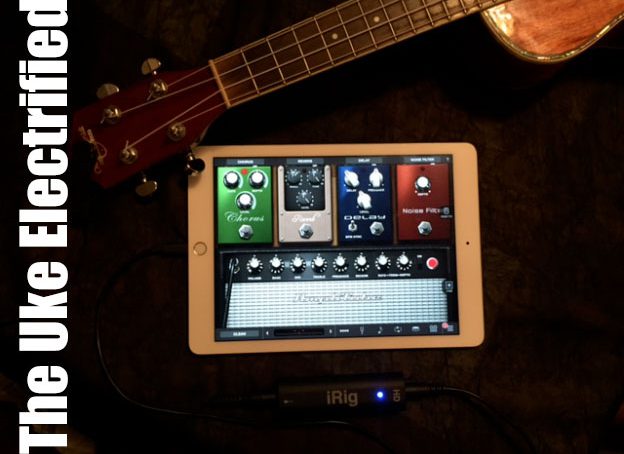The Most Popular Ukulele Brands
There are a ton of ukulele brands out there, it is a rather large business these days. After all many musicians and want to be musicians prefer something easy to start with, and once you start playing ukulele, you will want to buy more! It’s easy to start with a soprano or concert and decide after a few months of playing to jump to a tenor or baritone size. The brands listed below are some of the more popular ukulele makers out there. In most cases entry level ukuleles will be made in a factory in Indonesia, China, or South Korea. The higher models will often be hand made by luthiers in the US and UK. The main problem with factory and entry level ukuleles is quality control, every now and then a real lemon or cherry will come off the production line. Of course you are lucky if you[…]
Read More








No comments yet.
Add your comment